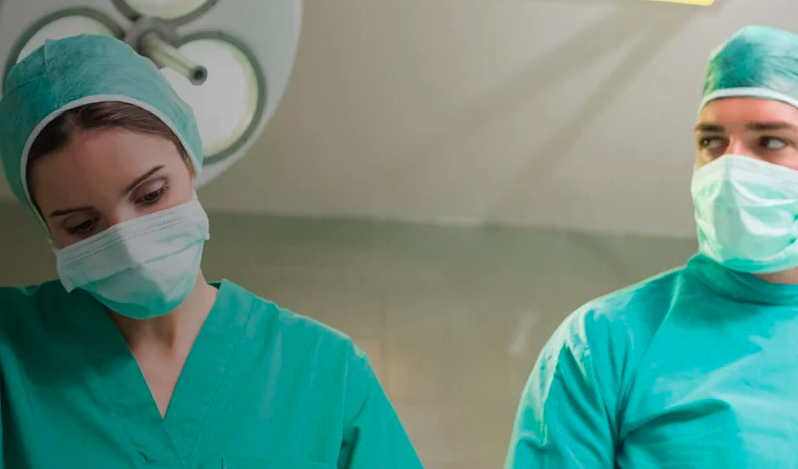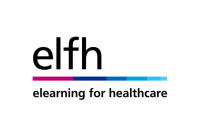Anaesthesia Fundamentals | Anatomy | Facial Skeleton



Facial Skeleton
Session overview
Description
This session describes the bones of the facial skeleton and skull vault. The important muscles that move the mandible are described. The classification and positions of fracture lines commonly seen following trauma to the face and surgical osteotomy are also covered.
Learning objectives
By the end of this session you will be able to:
- Identify the bones which comprise the facial skeleton and skull vault
- Define the differences in the neonate
- Locate the fontanelles
- Recognize the articulation of the lower jaw
- Identify the positions of the foramina through which nerves emerge
- Recognize the anatomy and function of the temporomandibular joint
- Identify the muscles which move the mandible
- Define the Le Fort classification of fracture lines and osteotomies
Prerequisites
Before commencing this session you should complete the following:
- Module 07a/Respiratory system/Anatomy of the oral cavity, pharynx and larynx (001-0556)
The human face is deeply embedded in the psychology of our interactions with one another.
Human identity relies on the face more than anything else, and although all faces are anatomically the same, we recognize individuals we know instantly from the 6.6 billion people who currently make up the world population. Except for monozygous twins, no two human faces are identical.
This session explains the integrity of the bony facial skeleton and the skull vault, its function in mastication and support of the musculature.
- Anaesthesia | e-LA Learning Path: Edinburgh Medica...
- Posted By eIntegrity Healthcare e-Learning
- Posted Date: 2025-02-05
- Location:Online
- This session will cover the assessment and treatment of post-operative pain and management of early post-operative nausea and vomiting (PONV).
- Anaesthesia | e-LA Learning Path: Edinburgh Medica...
- Posted By eIntegrity Healthcare e-Learning
- Posted Date: 2025-02-05
- Location:Online
- This session illustrates the importance of effective airway maintenance in the recovery room, why oxygen therapy is required and how it can be safely and effectively administered.
- Anaesthesia | e-LA Learning Path: Edinburgh Medica...
- Posted By eIntegrity Healthcare e-Learning
- Posted Date: 2025-02-05
- Location:Online
- This session describes the function of a recovery facility, the most common problems likely to be encountered in post-operative patients, and makes suggestions for the management of these problems.
- Anaesthesia | e-LA Learning Path: Edinburgh Medica...
- Posted By eIntegrity Healthcare e-Learning
- Posted Date: 2025-02-05
- Location:Online
- This session outlines the basic definitions of local and regional anaesthesia (LA and RA), and advises when to use each as a sole technique and when to use in combination with general anaesthesia (GA). It also covers consent issues, minimal safety standar
- Acute Medicine | Palliative care | Non-drug interv...
- Posted By eIntegrity Healthcare e-Learning
- Posted Date: 2025-02-04
- Location:Online
- This session outlines a variety of non-drug interventions which may be used in an integrated approach to symptom management and enhance quality of life in end of life care. This session was reviewed by Louise Free and Richard Kitchen and last updated in F


